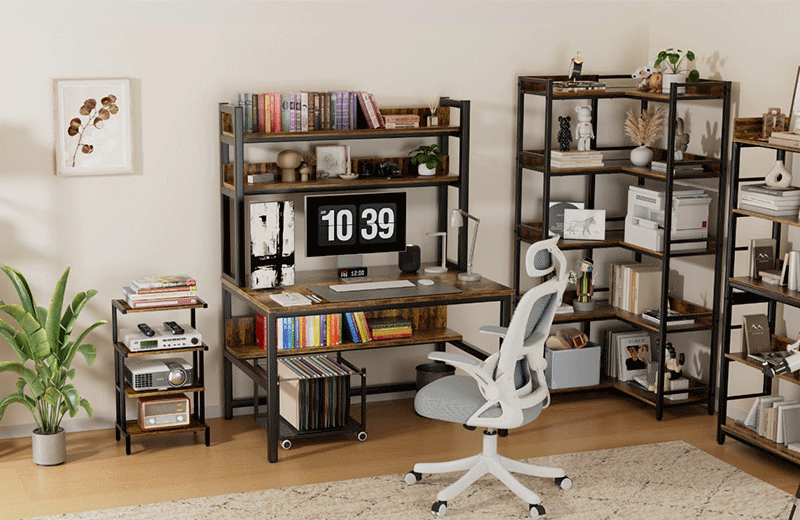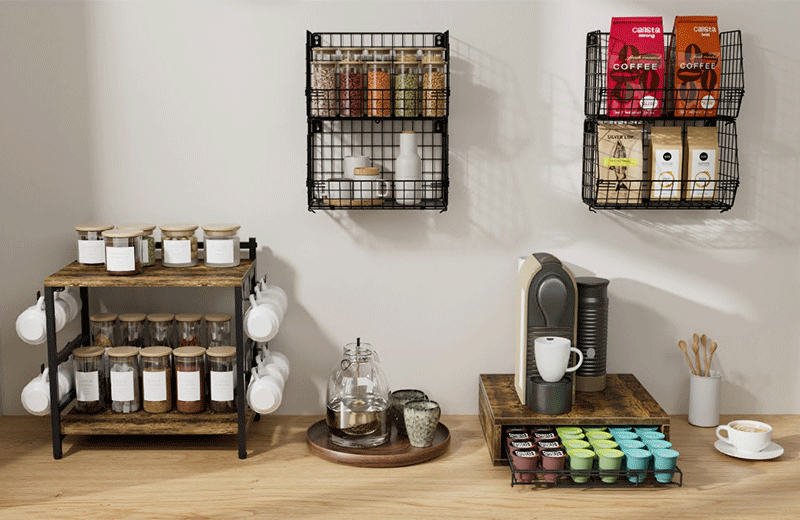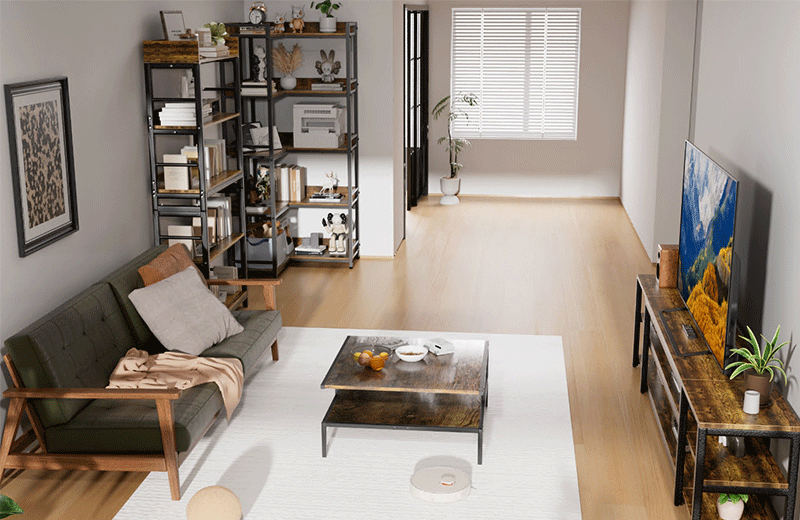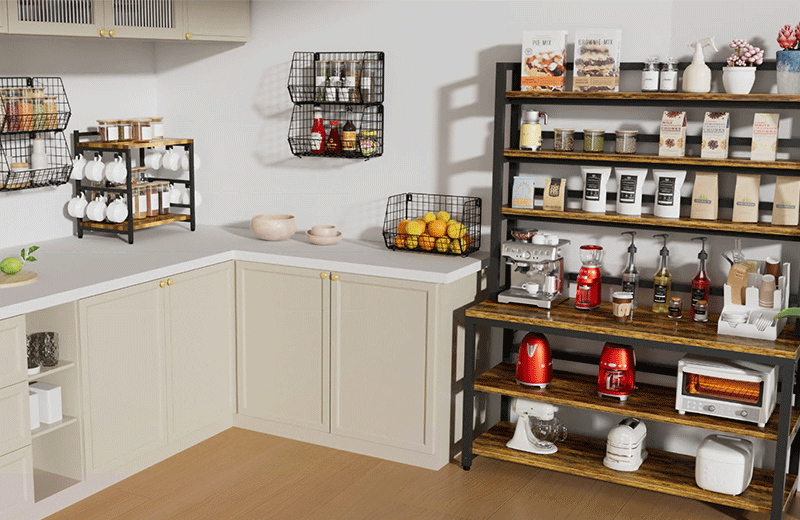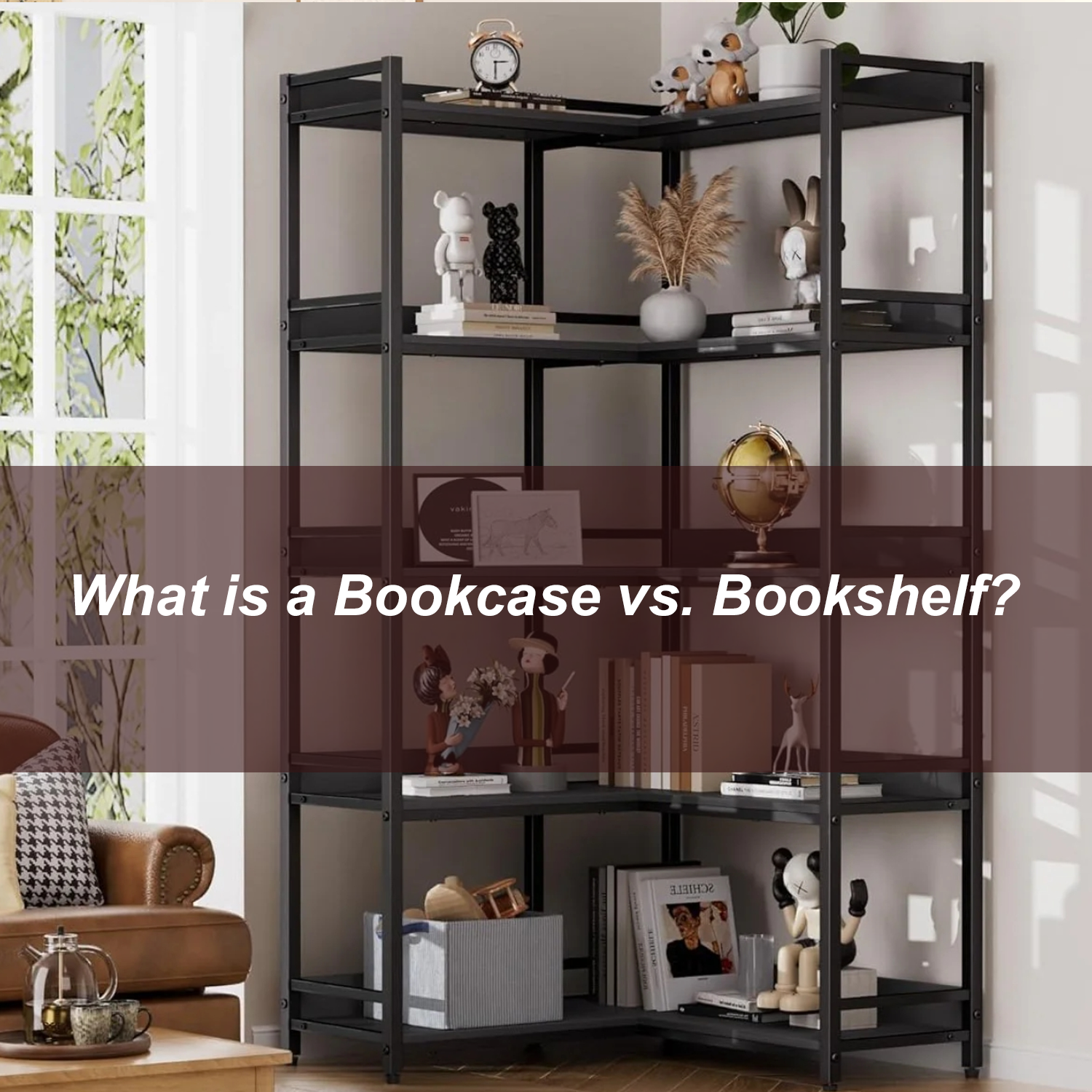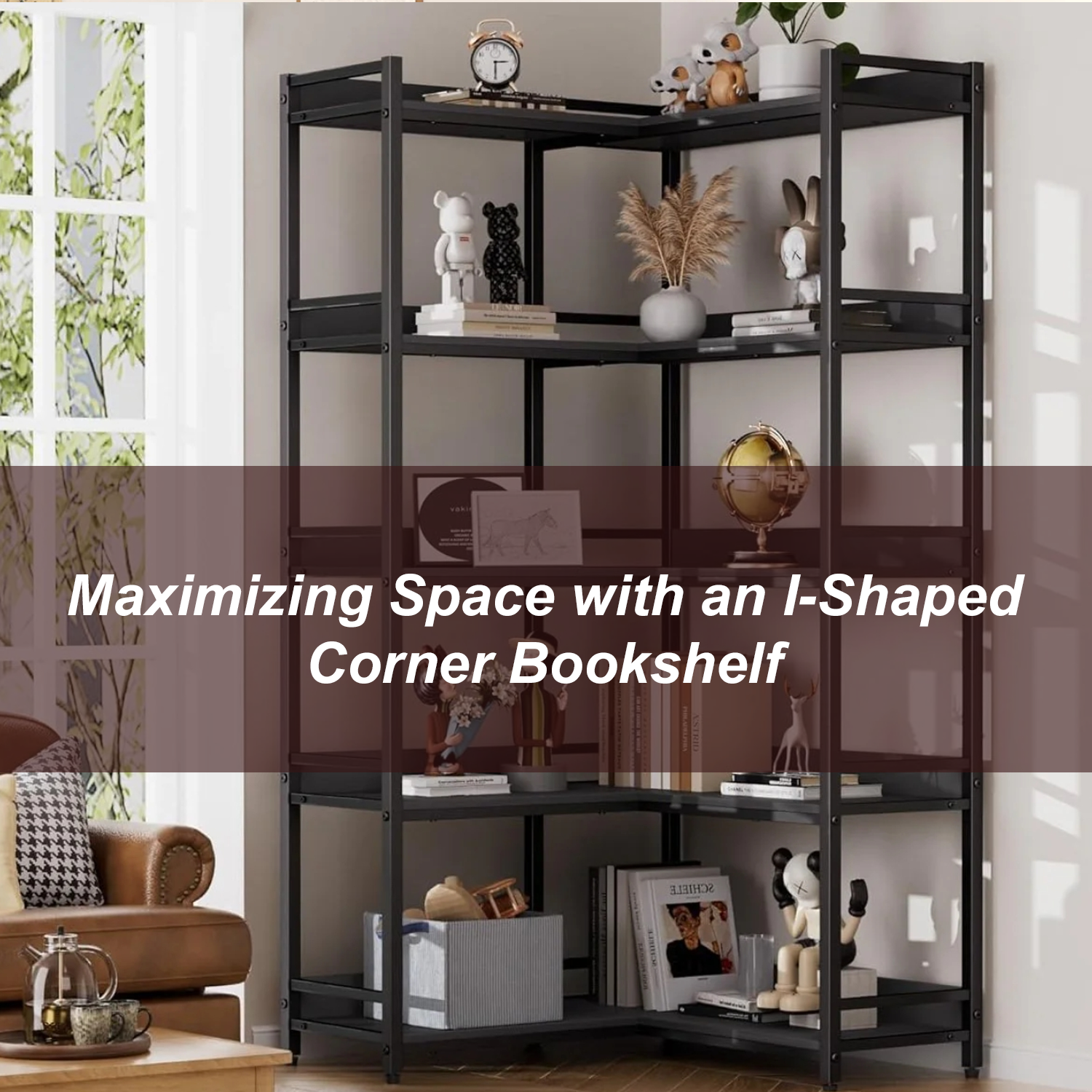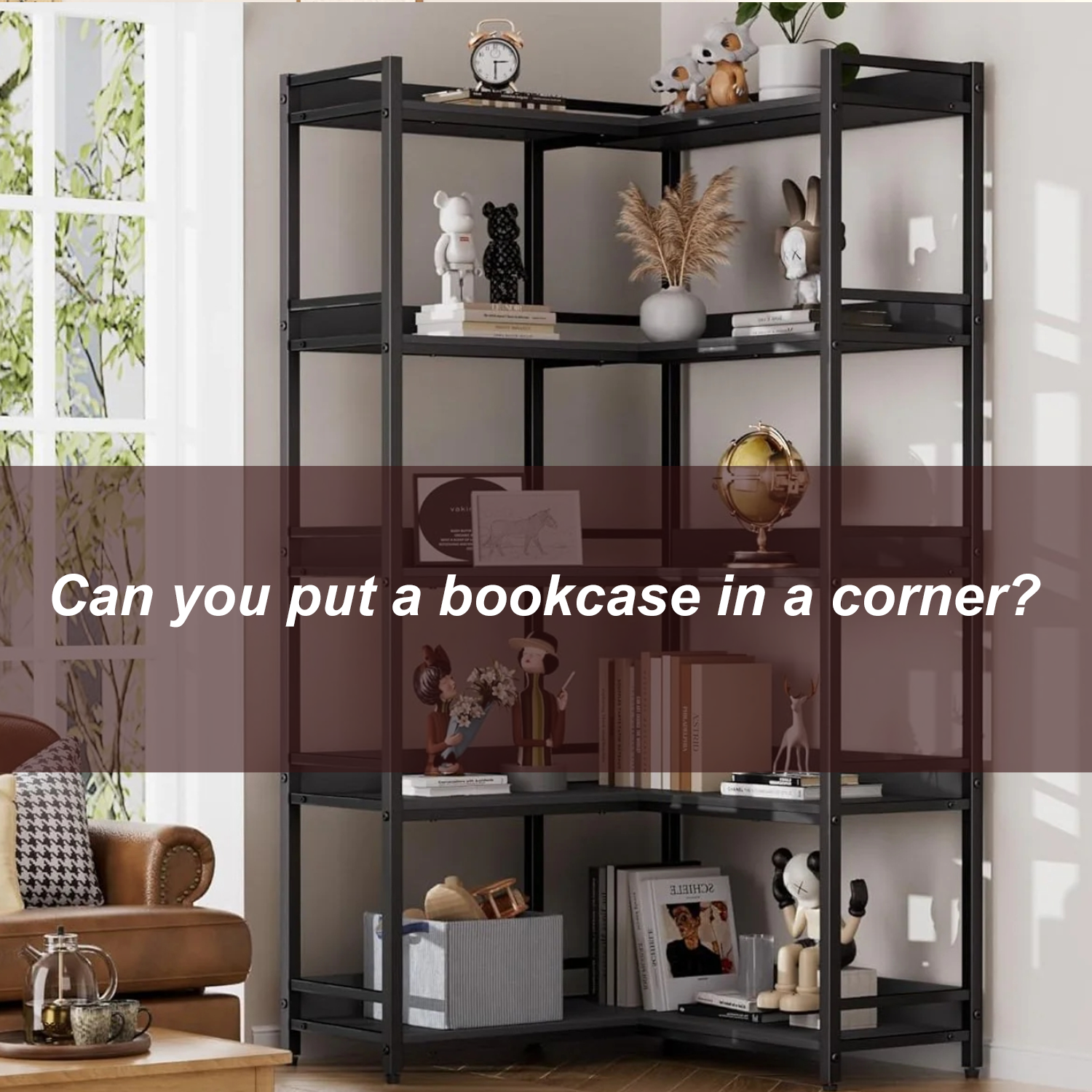When it comes to organizing books and adding aesthetic appeal to your living or working space, two common terms often come up: bookcase and bookshelf. While these words are frequently used interchangeably, they have distinct characteristics that differentiate them. Understanding the difference can help you choose the right option for your needs. Let’s delve into the details.
Defining a Bookcase
A bookcase is a piece of furniture designed to store books. It is usually a freestanding structure with multiple horizontal shelves stacked vertically. Bookcases often come with additional features such as doors, drawers, or adjustable shelves, making them versatile and functional. They can be made from a variety of materials, including wood, metal, or engineered wood like MDF (Medium Density Fiberboard).
Key Characteristics of a Bookcase:
-
Freestanding Design: Bookcases are standalone units that can be placed anywhere in a room without requiring wall support.
-
Size and Capacity: They are often larger and can accommodate a greater number of books or other items.
-
Customizable: Many bookcases have adjustable shelves, allowing for flexible storage configurations.
-
Additional Features: Some bookcases come with doors (glass or solid), drawers, or even integrated lighting.
-
Multi-Purpose Use: Besides storing books, bookcases can display decorative items, houseplants, or office supplies.
What is a Bookshelf?
A bookshelf, on the other hand, refers to a single shelf or a group of shelves specifically designed for holding books. Unlike a bookcase, a bookshelf is usually mounted on a wall or integrated into a piece of furniture. Bookshelves are more minimalist in design and are ideal for smaller spaces or when you want to maximize vertical wall space.
Key Characteristics of a Bookshelf:
-
Wall-Mounted or Built-In: Bookshelves are typically attached to walls, saving floor space.
-
Compact Design: They are smaller in size and often less bulky than bookcases.
-
Simple Structure: A bookshelf usually consists of open shelves without additional features like doors or drawers.
-
Decorative Appeal: Bookshelves can add a modern or minimalist aesthetic to a room, especially when styled with books and decorative items.
-
Limited Storage Capacity: Due to their smaller size, bookshelves are best suited for lighter loads or decorative displays.
Key Differences Between a Bookcase and a Bookshelf
| Feature | Bookcase | Bookshelf |
|---|---|---|
| Design | Freestanding furniture | Wall-mounted or built-in |
| Size | Larger, can store more items | Compact, ideal for small spaces |
| Features | Doors, drawers, adjustable shelves | Simple open shelves |
| Material Variety | Wood, metal, engineered wood | Primarily wood or metal |
| Installation | No installation required | Requires wall mounting or custom build |
Choosing the Right Option
When deciding between a bookcase and a bookshelf, consider your needs, the available space, and the desired aesthetic. Here are a few scenarios to guide your decision:
-
For Large Collections: If you have a substantial collection of books or need to store various items, a bookcase is the better choice due to its larger capacity and sturdier structure.
-
For Limited Space: In small apartments or rooms, a bookshelf can save floor space while still offering functional storage.
-
For Aesthetic Appeal: Bookshelves can be styled to create a modern, minimalist look, making them ideal for decorative purposes.
-
For Versatility: A bookcase provides more flexibility and functionality, especially if it includes adjustable shelves or additional storage features.
Maintenance Tips
Regardless of your choice, keeping your bookcase or bookshelf in good condition is essential. Here are some maintenance tips:
-
Regular Cleaning: Dust your shelves or bookcase regularly to prevent dirt buildup.
-
Weight Distribution: Avoid overloading shelves to prevent sagging or structural damage.
-
Secure Mounting: For wall-mounted bookshelves, ensure they are properly anchored to handle the weight of the items stored.
-
Protective Coating: If your furniture is made of wood, consider applying a protective finish to enhance durability.
Conclusion
While the terms bookcase and bookshelf may seem interchangeable at first glance, understanding their unique features and purposes can help you make an informed decision. A bookcase offers robust storage and versatility, making it ideal for large collections and multifunctional use. A bookshelf, on the other hand, provides a sleek, space-saving solution that’s perfect for small spaces or decorative displays. By assessing your needs and space constraints, you can select the option that best suits your home or office.

